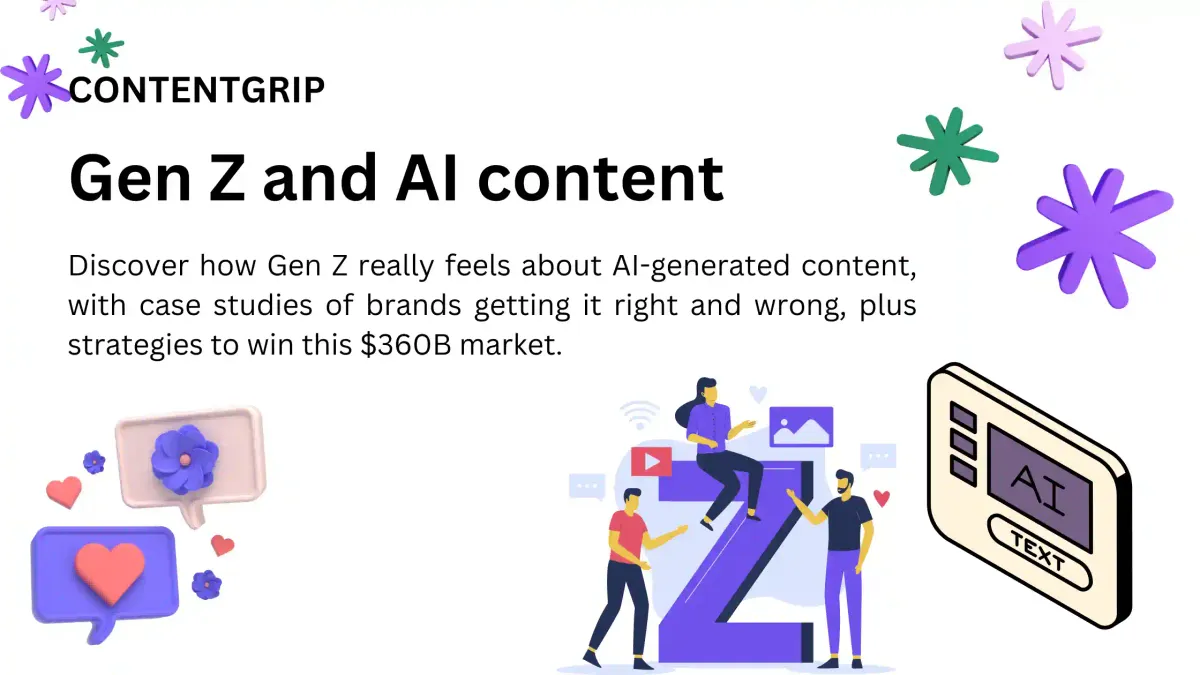AI suspicion is costing brands real money and they call it 'AI stink'
Raptive finds AI suspicion slashes trust, lowers brand appeal, and eats into ad efficiency

The rise of AI in content production is no longer just a tech trend. It is now impacting bottom lines in measurable ways. A new study by Raptive, the ad network behind publishers like Stereogum and Half Baked Harvest, found that audiences are quick to lose trust in content they believe is machine-made.
In a survey of 3,000 U.S. adults, trust in content dropped nearly 50 percent when participants suspected it was generated by AI. This perception also led to a 14 percent decrease in both purchase consideration and willingness to pay a premium for advertised products.
This article breaks down what Raptive discovered, why AI-related distrust is spreading, and how marketers can respond as audience expectations evolve.
Short on time?
Here is a table of content for quick access:

What Raptive uncovered about AI suspicion
To test how readers perceive AI content, Raptive created articles across five verticals including travel, food, finance, and parenting. Some were written by humans, others by AI. Each article appeared alongside a branded ad, and participants were asked to rate both the content and the ad based on trust, emotional connection, and authenticity.
Even when content was written by humans, if readers believed it was AI-generated, they consistently gave it lower ratings. The ads beside those articles suffered too. Viewers found them 17 percent less premium, 14 percent less relatable, and 11 percent less trustworthy.
Anna Blender, Raptive’s SVP of data strategy and insights, called this a clear case of guilt by association. Trust in content does not just affect the article. It shapes how people see the brand next to it.

The rise of AI stink
The term AI stink is gaining traction in online communities like Hacker News and Reddit. It describes the gut feeling that something was made by AI, even if it technically was not.
This reaction has grown out of frustration with low-effort content flooding the web. Examples include viral fake videos and articles that feel formulaic or emotionally flat. People are increasingly tuned in to cues like tone, phrasing, and awkward repetition, which trigger skepticism.
That skepticism has real consequences. Outlets like Business Insider are betting on AI for scalability but have seen backlash after cutting staff and leaning harder into automation. NewsGuard has already flagged over 1,200 AI-generated news sites with minimal human oversight.
The rise of AI stink suggests that even high-quality AI content risks being dismissed if it feels robotic.

What marketers should know
1. Perception is reality
It does not matter whether content is truly AI-made. If it feels like it, people trust it less. That perception also reduces how they respond to ads next to the content.
2. Ad placement is not neutral
Ads placed beside AI-perceived content underperform. If your CPM is US$5 and performance drops by 15 percent, that loss adds up. Raptive's Chief Strategy Officer Paul Bannister put it simply: “That’s real money.”
3. Transparency can restore trust
If you use AI in content workflows, label it clearly. Audiences appreciate honesty. It also signals that your brand is taking ethical responsibility rather than hiding automation behind a human-sounding voice.
4. Human editors still matter
Even when using AI tools, human input makes a difference. Editors shape voice, nuance, and tone in ways that machines cannot replicate. This human touch is what keeps content from triggering the AI stink response.
AI-generated content is not just a production tool. It is a perception risk. Raptive’s findings make it clear that suspicion alone can damage both trust and ad performance.
For marketers, the next step is not to avoid AI. It is to manage how it is used, labeled, and experienced. When done right, AI can help scale content. But it should never replace the emotional and strategic decisions that only humans can make.






